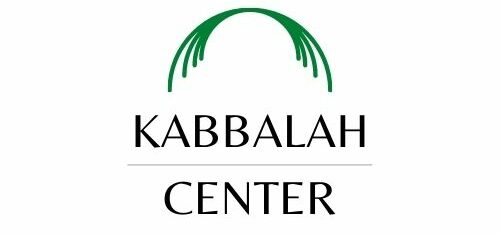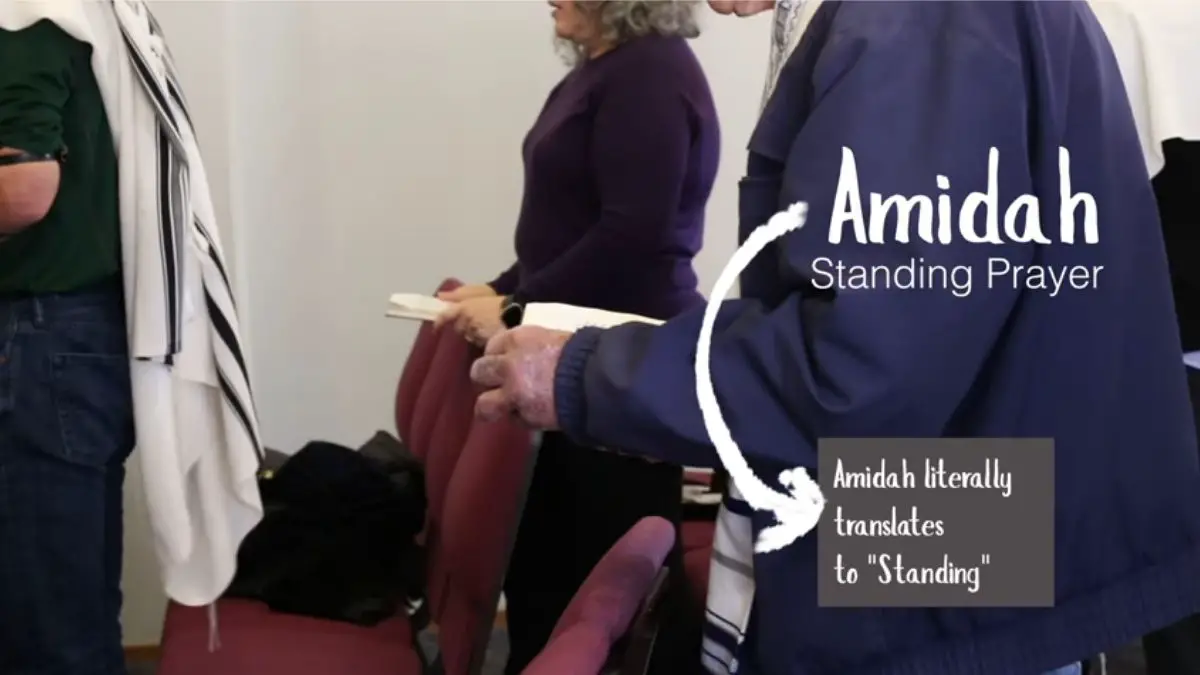Amidah in Hebrew means standing, and this prayer is said while standing. Amidah prayer (also called “Shemoneh Esrei”) is the centerpiece of all of the traditional “Tefilot” (Jewish prayers). It is said in both the morning service (Shacharit), afternoon service (Minchah) and evening service (Maariv) and really, all the prayers are centered around the Amidah.
Some congregations say the first few blessings altogether out loud, and then the prayer leader continues to say the rest of it. After the first two blessings, there is the “Kedusha” which is a communal calm response prayer and it is the heart of the Amidah prayer.
The first blessing is a praise of God for the relationship that God has forged with our ancestors, and a statement of that this relationship still exists with us, and the it’s about the goodness that God has done and does for us.
The second blessing is about God’s giving of life. Furthers this idea of protection but also this idea of healing. This idea of lifting up those who have fallen and those who have passed on and being with us even after we have passed from this life.
Why We Need Amidah Prayer?
The Jewish Amidah prayer is the moment of quietude, and I think that most of us can understand that, sometimes it is in those moments of quietude, that we’re really able to worry less about what the person next to us is doing, and worry more or be more thoughtful about what we want to be saying to God, but also of course to our own self.
The Hebrew word “Lehitpalel” which we translate as to pray, actually means to do self-exploration, to sort of look at yourself where you are in this moment and where you want to go in the days and the weeks and the months to come. The Amidah is our time to really do this self-exploration.
There is also a part of the Amidah that is just spontaneous prayers of the heart. Ironically, this is the part that most Jews have most trouble with.
Jews are used to our liturgy being fixed and being told what to say, even if we don’t agree with it. The words are on the page and we say them. So, it’s in these moments when there are no words on the page, and we’re supposed to speak the words of our hearts that ironically sometimes Jews, who often have a lot of words can get tongue-tied.
Jewish Amidah Prayer and Christian Prayer Similarity
We have these similar ideas that overlap tradition to tradition, but because we have specific ways of saying them in our own faith tradition, we can feel alienated at best from other faith traditions it feels very different but when you study them next to each other they are not so different.
I think what also is interesting when you’re talking about other faith traditions is that Catholics for instance nowadays mostly pray in the vernacular.
Whereas Jews are still praying in Hebrew, and a lot of Jews still feel that praying in the vernacular, ironically enough is what feels foreign. Saying the prayer is in a language they understand feels foreign, they prefer to say the prayers in Hebrew because that feels more authentic and also sometimes what’s used will say is they don’t actually want to know every single word, because it’s the idea of what they’re doing rather than the individual words themselves that have the meaning.
How Important is Moving During Amidah Prayer?
I think that often people don’t understand what an embodied religion Judaism is. We think of Judaism as being a religion of the mind, we’re the people of the book traditional Jews will often sit in yeshiva and study without moving very much all day long, and that’s what everyone knows about Jews.
In fact so much of our tradition uses our bodies when we say the “Kiddushah”, which is one part of the Amidah that we say under certain circumstances.
We are actually supposed to rise up on our toes, like we are angels, it is an embodied prayer. At the end of the Amidah, we take three steps back, we are exiting God’s kingdom, we bow to the left, to the right, in front of us as we say this prayer for peace, and then we rise up again on our tiptoes, as a way of recognition of all the holiness that we have just been a part of.
Amidah Themes and Audio
Amidah itself has a tremendous number of themes, especially if we’re talking about the Amidah that’s said on the weekdays, because that in those prayers you’re praying for wisdom, you’re praying for a judgement, you’re praying for protection, you’re asking for forgiveness.
There is a moment, when you are even supposed to beat on your chest a little bit like you do with the “Yom Kippur Service”, as you say to God: “all right, I’m going to try to do better tomorrow”.
All of these themes, we can plug into during the Amidah, and what I say to people when I’m teaching the Amidah, and in fact all of Jewish prayer, is that you will be saying a lot of prayers that don’t speak to you. But when you’re saying the prayers that don’t speak to you know that you’re saying them for someone else in the room for whom it is incredibly a meaningful.
If you think you can gauge which prayers will be meaningful to the people in this room, you have no idea. and so what you’re doing is you’re zeroing in on the prayers that are meaningful to you tonight, knowing that even for you it will be a different set next week, and that for all the other people in the room you’re also saying prayers for them.
Is The Amidah a Communal Prayer?
There are certain prayers, which you can say all on your own, and there are certain prayers in Judaism that you can only say in a “Minyan”, in a group of 10 or more Jews.
The Amidah is special, because it’s a twofer: there are parts of it that you can only say in a group, and there are parts of it that you can say even if you’re alone. So, the Amidah unlike some of the other Jewish prayers, is this beautiful mix of communal and solitude.
Because the prayer you’re seeing yourself to God wait you’re whispering it just enough so that you can hear, but not so much so that the person next to you can hear. So, that’s about the solitude about the individuality of this prayer and of your conversation.
And yet, in order to say it in its fullest way, you need to be with at least 10 other Jewish people saying it and so, there is that communal part of it as well and if anything exemplifies, I think what Judaism is trying to teach us in this world, it is that both ness being in relationship with God, with godliness as you understand it, but also being in a relationship with community.
It is hard to be a Jew living without a Jewish community. People do it all over the world, but one of the reasons that Jews tend to congregate together is because in order to practice Judaism we need other Jews. And so the Amidah, what we’re saying is yes God I’m in my personal relationship with you, but I am also in relationship with all these people around.

